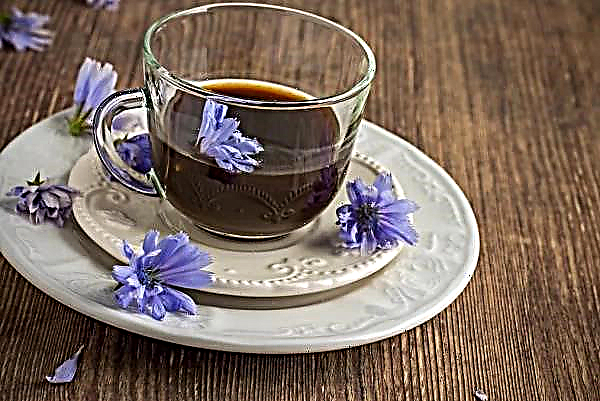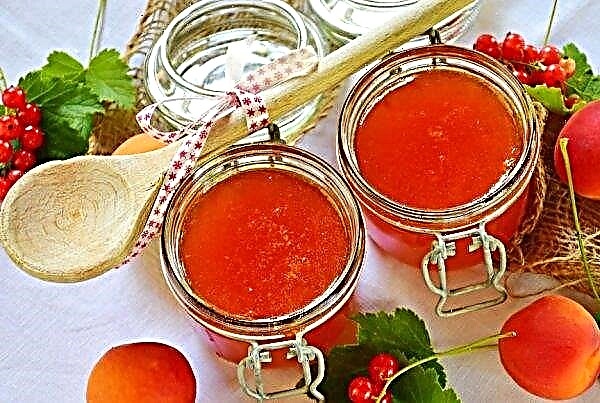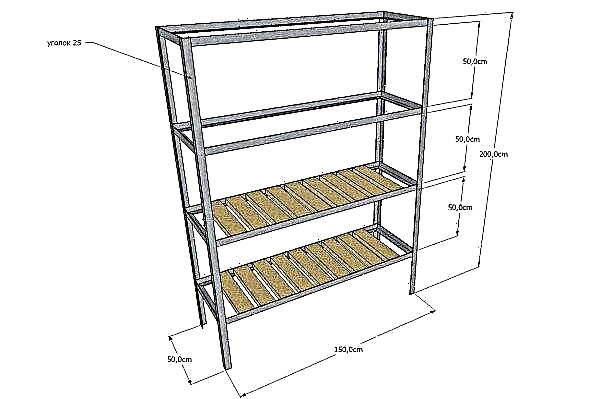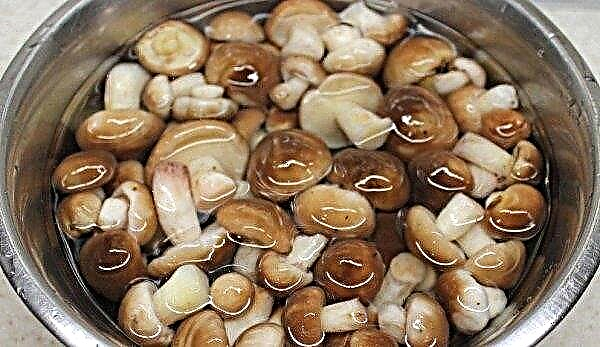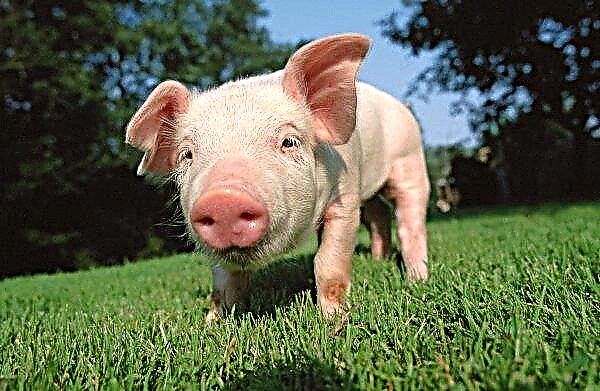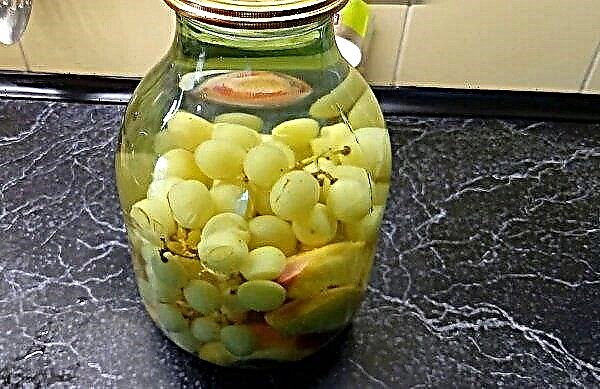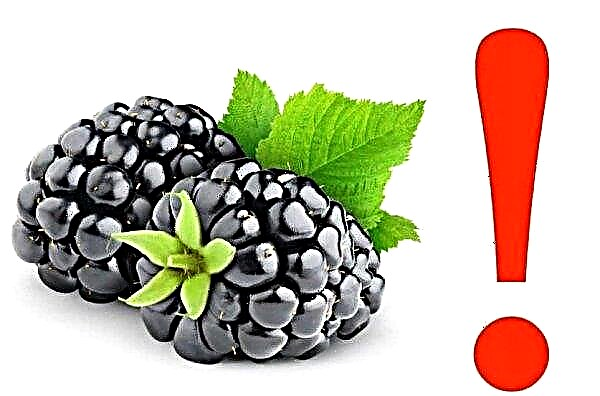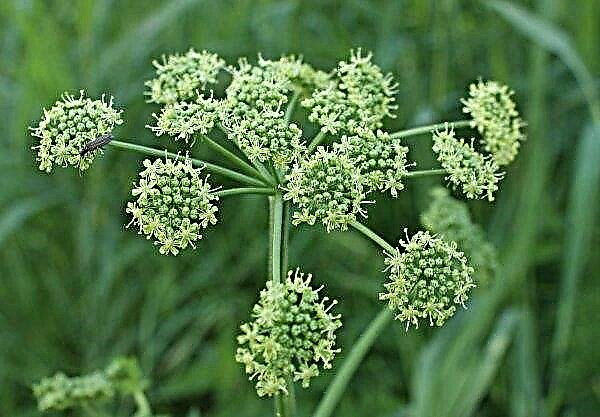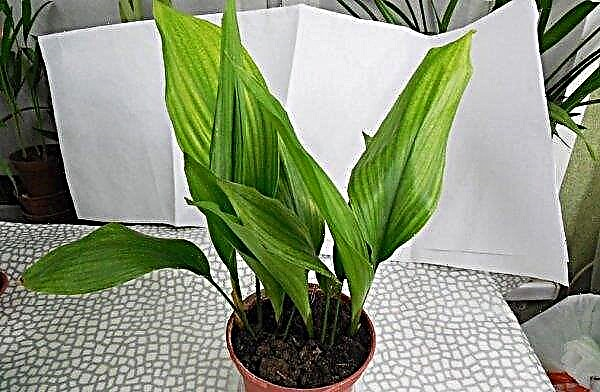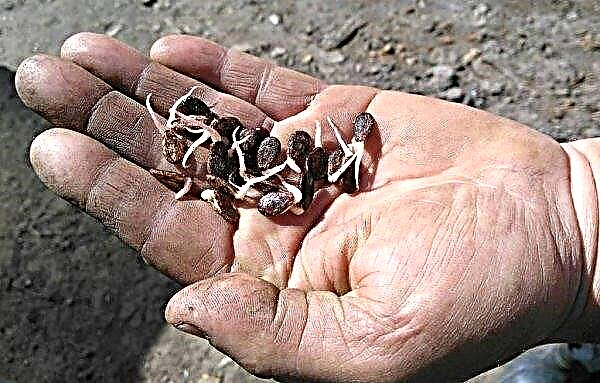In this article, we will focus on pickling cucumbers in plastic bottles. In such a container, salty greens are very convenient to store and transport, especially to lovers of frequent trips to the cottage, fishing, hunting.
Pickling cucumbers in a bottle
Cold salting of greens in a five-liter plastic container may not seem like an entirely successful experiment for some. But you should just take a closer look at the benefits of the cold salting method.
Benefits
- Among the advantages of this method are:
- Convenient for transportation containers can be considered the main positive quality of such a preparation of cucumbers. The finished product in plastic bottles can be transported in a car without any problems and not be afraid that the pickling will be shattered.
- In addition, during the fermentation process, vegetables tend to form gases that burst the bottle. But for plastic this is not critical, but in a glass jar these gases create pressure on the lid and can undermine it with a roar.
- It happens that the glass containers in the house just ran out, then it is very convenient and easy to use plastic bottles.
Did you know? There is International Cucumber Day, which is celebrated annually on July 27.
Disadvantages
- Among the shortcomings can be identified:
- Perhaps the main drawback is the time-consuming cooking process. After a week, you need to return to the pickles again to thoroughly rinse the greens with an aqueous solution of salt.
- It is desirable to store this workpiece at low temperatures and in a dark place. And for such a bulk container, an ordinary refrigerator is unlikely to work. But if you have a cellar, then the problem will go away by itself.
- Some consider the lack of a small bottle opening, which is why it is inconvenient to get greens. The problem is solved by buying small cucumbers.

Selection and preparation of cucumbers for pickling
An important stage is the purchase of cucumbers. When choosing, focus on their density. In order to get the most delicious pickles, you need to choose pickling varieties, with dense pulp and strong tuberosity.
Black spikes on the surface are welcome. Cucumbers of the same size will give aesthetics to salting, so they must be sorted before harvesting.
Important! If fresh greens have too hard peels, then do not remove it. During the fermentation process, the saline solution will make the peel soft and crispy.
At the very beginning of the pickling process, cucumbers should be soaked in cold water for 3-4 hours. Be sure to rinse the vegetables and remove all spoiled parts. Too large cucumbers that do not go through the neck, set aside for other purposes.
Bottle preparation
Plastic containers do not need special preparation. Rinse it well, but not with too hot water. When interacting with PET, hot liquids cause polymer degradation, as well as the active release of toxic substances, which can then be in your pickles.
In addition, such substances penetrate into the air and then into the lungs, so it is best to rinse the container with cool water, using a dishwashing brush.
How to pickle cucumbers in a five-liter bottle
 This recipe is simple enough for even a beginner in cooking. Follow the instructions carefully and stock up on the necessary ingredients.
This recipe is simple enough for even a beginner in cooking. Follow the instructions carefully and stock up on the necessary ingredients.
The process of salting and fermentation of greenhouses will occur in an aqueous solution of salt. To prepare the brine, you need to have 100 g of salt for every liter of water. It is best to immediately prepare ten liters of brine, so stock up on a kilogram of table salt.
Did you know? The world's largest cucumber was grown in Israel. Its length was 118 cm!
Cherry or currant leaves can not be put at all, this ingredient is for lovers of diversity. Some use oak leaves. As for the amount of all the above products per serving, there is no strict framework.
Just add to your own taste, because some like hot and put a lot of pepper with garlic, while others like a sweetish flavor and willingly add a few tablespoons of sugar.
cucumbers
as much as fit in a bottle
fresh garlic
2-3 cloves
celery
several branches
dill seeds (better with umbrellas)
1-2 pcs.
hot pepper (pods)
optional
black pepper peas
a few peas
cherry or currant leaves
some
- First prepare the brine. To do this, pour 1 kg of salt into ten liters of cold water and mix the solution thoroughly until it is completely dissolved. While you are preparing other products, stir the brine periodically so that the salt does not settle on the bottom.
- Now is the time to start filling the bottles. Pour some bay leaves and 6-7 cherry or currant leaves there.
- Cut the half of the middle pod of hot pepper into pieces and add to the bowl. Spicy food lovers can add a whole pod. If you drop the whole pepper, then the taste will be weaker.
- Now chop the garlic in small pieces (for one bottle, an average head of garlic will be enough). Celery can also be cut or put a few whole branches. Add 2-3 more horseradish leaves and 1-2 teaspoons of dill seeds.
- Throw the cucumbers in the bottle halfway, and then add a few leaves of currant, 1-2 bay leaves, a couple of garlic cloves and a third of a pod of hot pepper (optional). Such a layer would be better to give flavor to cucumbers.
- Hammer the container with cucumbers at the very top (under the action of the brine, they subsequently settle a little). Fill the bottles with brine to the very top and cover with lids. The important point here is that the lids cannot be tightly screwed, otherwise they will be detonated during fermentation. Just cover the bottles with lids and leave for 5-6 days.
- During fermentation, greenbacks should be kept in a dark place (not in the sun). Place a tray under the bottle, as the brine may leak through the top.
- After 5-6 days, the brine must be completely drained. Pour clean water into the container, rinse the pickles and drain the water (at the same time, try not to leave the spices when draining the water). The process is repeated 2-3 times. Then draw clean water to the very edge and leave the bottles for 4–5 days under observation.
- During the observation period, it is necessary to monitor the workpiece daily. There are times when fermentation in bottles continues and you need to open the lid and release excess gas. After 5 days, cucumbers can be sent to a permanent storage location. After about 1-2 months, Zelentsy will completely give the salt away to clean water and will taste good. And the water will turn into a real fragrant brine.
Video recipe
When you take salting to long-term storage, the lids can already be tightly tightened and not be afraid of undermining. You will almost completely stop the fermentation process when you wash the bottles, just then the lactic acid bacteria will be washed out of the bottles.
How to store cucumbers
If during washing you work well and remove all the sediment from the bottles (the precipitate consists of bacteria that provoke the fermentation process), then salting can be stored in almost any place convenient for you.
However, in order to maximize the shelf life and not take up much space in the house, it is better to store the workpiece in a cellar, basement or underground. Such products can be stored for more than two years.
Useful Tips
Some useful tips:
- To salt cucumbers, it is not necessary to buy water in large bottles for this, and then pour it. You can use old bottles, or when buying new ones, use water for brine, which is obtained at the final stage of preparation.
- Quickly get cucumbers from the bottles will work if you cut off the top of the tank. Such a trick will help to easily get pickles, for example, when you are fishing.
- Do not use sugar, vinegar and various preservatives for salting. Cucumbers prepared according to this recipe are already very well preserved for a long time.
 You can greatly simplify your life with this recipe and see how delicious pickles are.
You can greatly simplify your life with this recipe and see how delicious pickles are.Cook deliciously and with pleasure!



